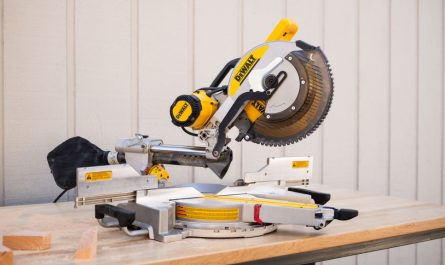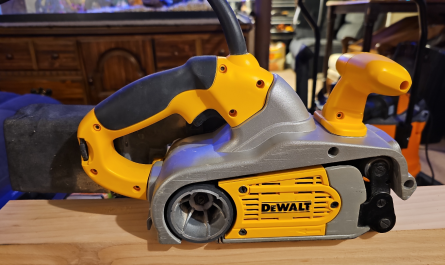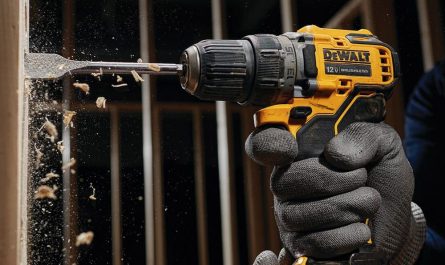In the world of carpentry and woodworking, precision and adaptability are just as essential as strength. Enter the router tool—a highly versatile power tool used for hollowing, shaping, edging, and fine detailing in wood, plastic, and even some soft metals. Whether you’re cutting intricate joinery, profiling edges, or creating decorative grooves, the router has become an indispensable ally for both professional carpenters and passionate DIYers.
This article explores the evolution, types, technical specifications, and practical uses of router tools. From cabinetry to furniture building and finish carpentry, learning how to properly use a router can elevate craftsmanship and efficiency across projects.
History and Evolution of the Router Tool
The router tool traces its roots back to hand-operated tools known as old woman’s tooth routers, used in cabinetry centuries ago. These rudimentary tools were replaced in the 20th century by motorized models, evolving into the handheld electric routers we know today.
With the advent of plunge bases, interchangeable bits, and variable speed motors, routers became a cornerstone of modern carpentry. Innovations in ergonomics, dust collection, and digital depth control have made today’s routers more precise and user-friendly than ever before.
Now available in corded, cordless, and table-mounted variants, routers are used across a wide range of woodworking applications—from rough work to high-detail finishing.
Types of Router Tools and Their Applications
1. Fixed-Base Router

Description and Use:
A fixed-base router is a versatile and essential tool for woodworking, known for its precision and ease of use. Unlike plunge routers, a fixed-base router has a depth-setting mechanism that locks the cutting bit in place, making it ideal for tasks requiring consistent depth, such as edge profiling, dadoes, rabbets, and template-guided routing. Once set, the bit depth doesn’t change, allowing for accurate and repeatable cuts every time.
Its compact size and lightweight design make it easier to control, especially for detailed work or prolonged use. This makes it a favorite among both beginners and experienced woodworkers. Fixed-base routers are commonly used in cabinetry, furniture making, and trim work, where precision and clean finishes are crucial. They also excel in tasks like trimming laminate or flush-cutting joinery.
One of the standout advantages of a fixed-base router is its ability to be mounted to a router table. When used in this way, it provides even more control and precision, especially for repetitive cuts. This setup enhances safety and allows for the use of jigs and guides to increase accuracy.
Technical Characteristics:
- Motor Power: 1.25 – 2.25 HP
- No-load Speed: 8,000 – 27,000 RPM
- Bit Shank Compatibility: 1/4″ and 1/2″
- Depth Adjustment: Manual micrometer-style
- Weight: 2.5 – 5 kg
Price Range:
€100 – €300
2. Plunge Router

Description and Use:
Plunge routers offer unmatched versatility in woodworking by allowing users to start cuts in the middle of a workpiece, a task that fixed-base routers cannot perform. This is made possible by their spring-loaded base, which enables the user to «plunge» the bit directly into the material with controlled depth. This functionality is especially useful for routing mortises, engraving decorative inlays, cutting stopped grooves, or making interior cutouts without needing to approach from the edge.
While plunge routers may require a bit more skill to master compared to fixed-base models, the learning curve is well worth it for the flexibility they offer. They’re an indispensable tool for dynamic, complex routing tasks where precision and adaptability are critical. Many modern plunge routers are equipped with advanced features such as multiple depth stops, variable speed control, and digital depth readouts—allowing for fine-tuned, repeatable cuts across various materials and projects.
Ideal for professionals and advanced hobbyists, plunge routers bring added capability to any woodworking setup. Whether you’re working on furniture joinery, intricate patterns, or precision cuts that start mid-panel, the plunge router is a powerful tool that significantly broadens your creative and functional options
Technical Characteristics:
- Motor Power: 1.5 – 3.25 HP
- Plunge Depth: 0 – 70 mm
- Speed Control: Variable (8,000 – 25,000 RPM)
- Bit Shank: Typically 1/2″, some models accept 1/4″
- Additional Features: Soft start, turret stop, dust extraction
Price Range:
€150 – €500
3. Cordless Compact Router

Description and Use:
Cordless compact routers, typically powered by 18V lithium-ion batteries, provide excellent mobility and convenience for woodworking tasks where freedom of movement is essential. Though smaller and generally less powerful than their corded counterparts, these routers are ideal for light-duty applications such as edge trimming, rounding over, flush trimming, and small-scale joinery. Their compact size and cordless design make them perfect for quick adjustments and finishing work, especially in situations where setting up a corded tool would be cumbersome.
These routers are often equipped with modern features like efficient brushless motors for longer runtime, LED work lights for better visibility, and ergonomic grips that enhance comfort during extended use. Their lightweight and well-balanced construction make them especially useful in overhead work, tight spaces, or while working on ladders—scenarios common in finish carpentry and on-site installations.
For professionals who frequently work on remote job sites or need to perform touch-ups and precision routing in place, cordless compact routers offer unmatched portability and ease of use. While they may not replace a full-sized router for heavy-duty work, their practicality, efficiency, and user-friendly design make them a valuable addition to any tool kit.
Technical Characteristics:
- Battery Voltage: 18V – 36V
- Speed Range: 10,000 – 30,000 RPM
- Base: Often interchangeable (fixed + plunge)
- Bit Compatibility: 1/4″ shank
- Weight: 1.5 – 2.5 kg
Price Range:
€150 – €400
Common Applications in Carpentry and Woodworking
- Edge Profiling: Create decorative edges with round-over, ogee, or chamfer bits.
- Joinery: Cut dadoes, rabbets, mortises, and dovetails for strong, hidden joints.
- Template Work: Use pattern bits and guides for perfect replication in cabinetry or signage.
- Inlays & Engraving: Add fine details or inlay pockets into furniture pieces or trim.
- Trimming: Flush-trim veneer or laminate, and clean up end grain or overhangs.
- Surface Flattening: With a jig, routers can be used to level uneven slabs or live-edge boards.
Conclusion
The router tool stands at the intersection of power and precision in carpentry. Whether shaping edges, creating strong joinery, or adding artistic flair, routers open up a world of design possibilities. With the right model—be it fixed, plunge, or cordless—you can match the tool’s capabilities to your specific needs.
Investing in quality router bits, understanding depth control, and practicing clean passes will dramatically improve your results. More than just a tool, the router is a craftsman’s gateway to creativity, structure, and fine detail.



